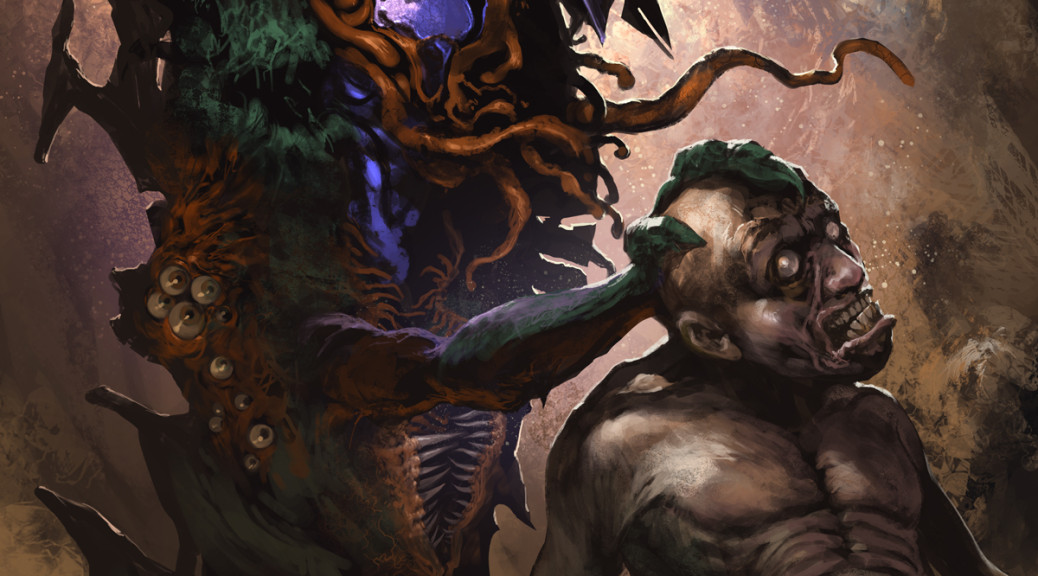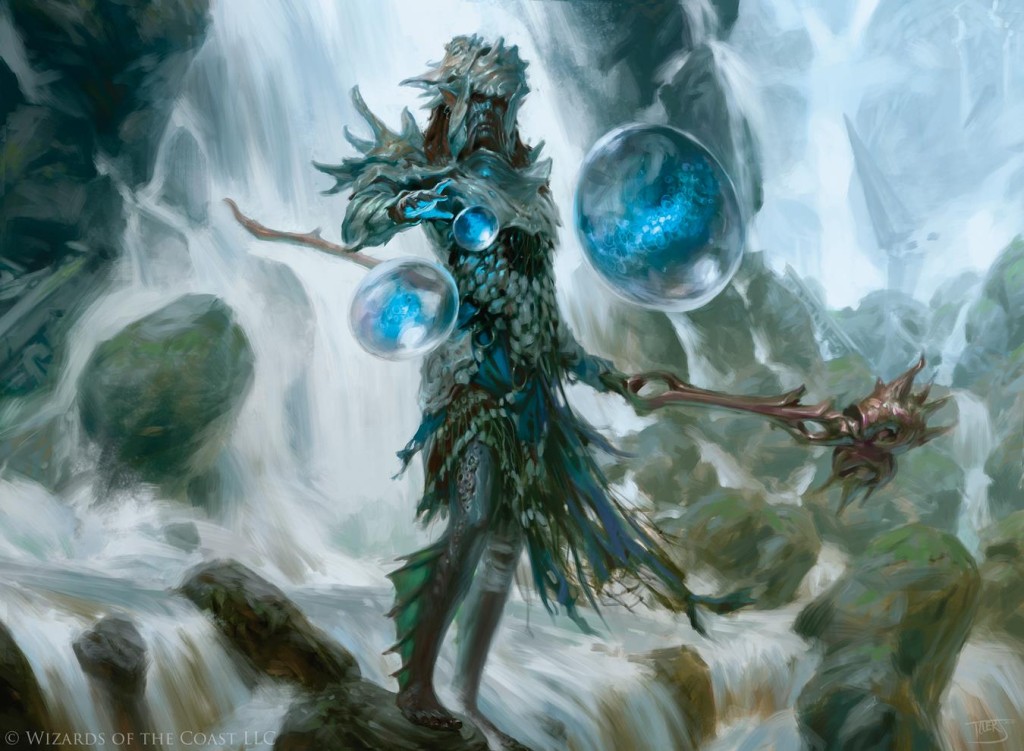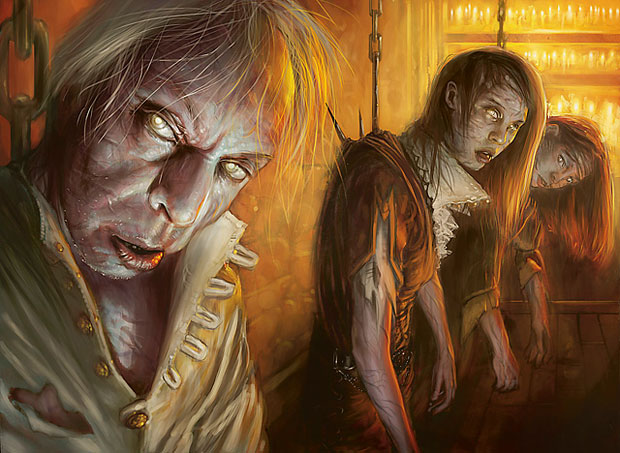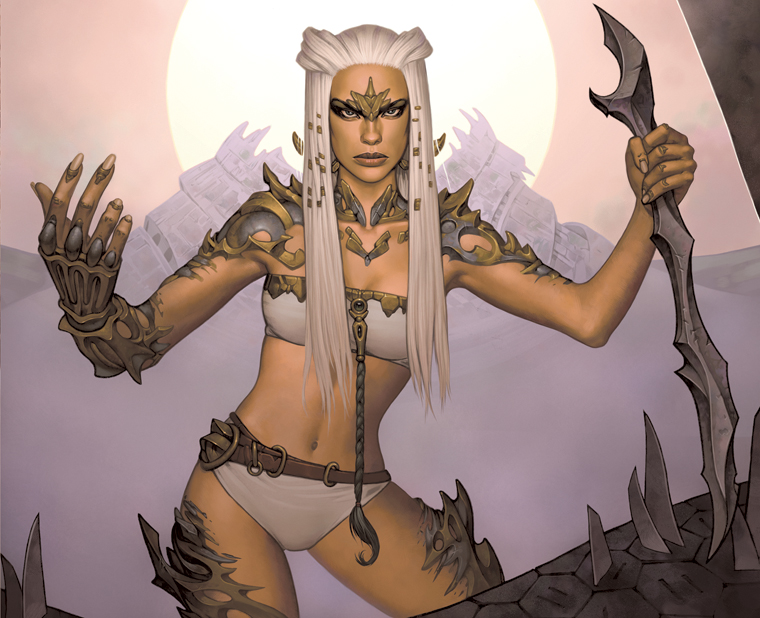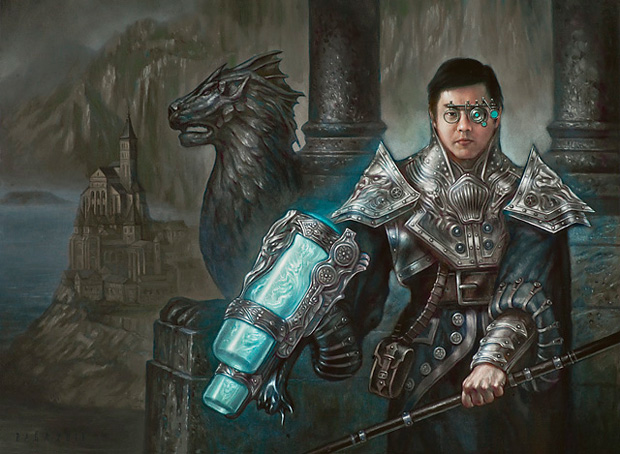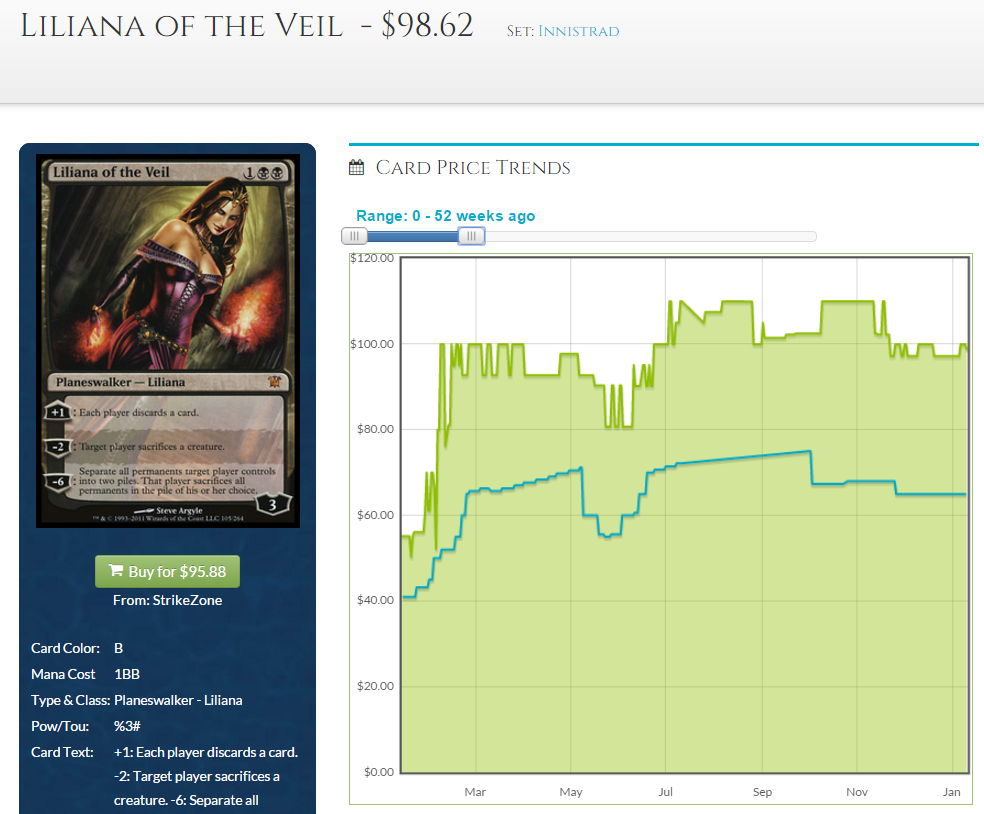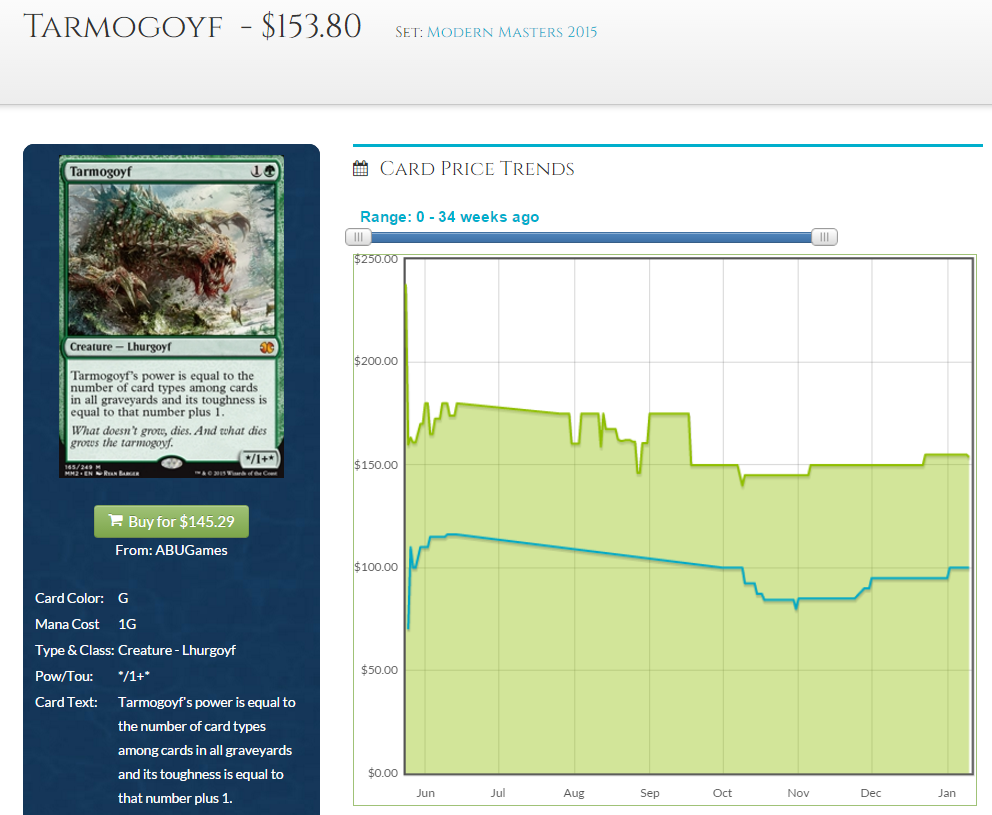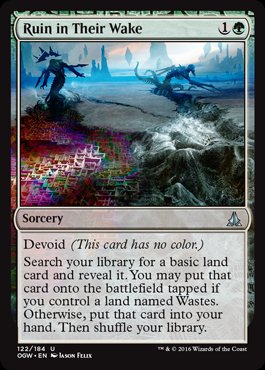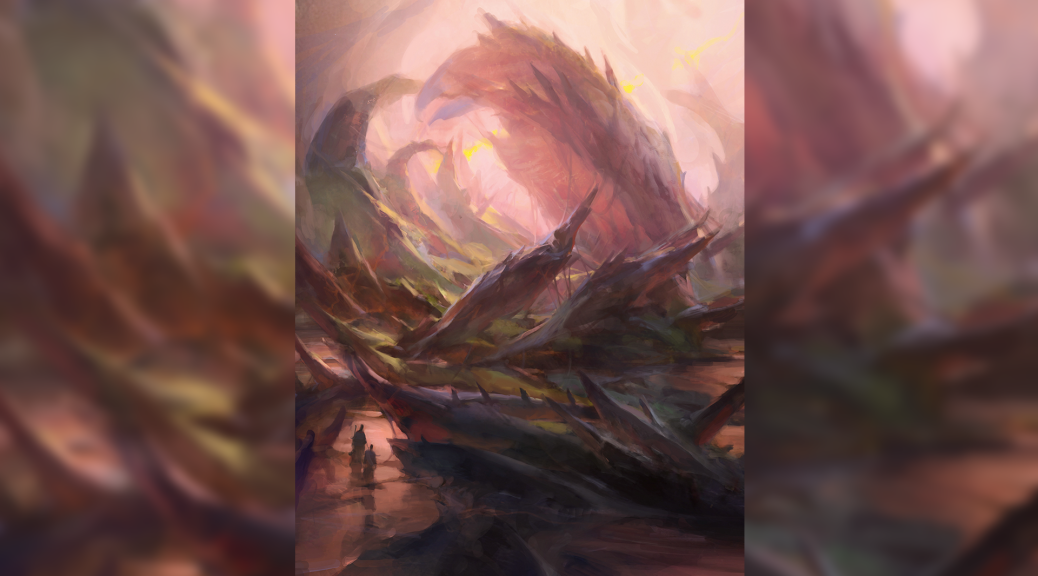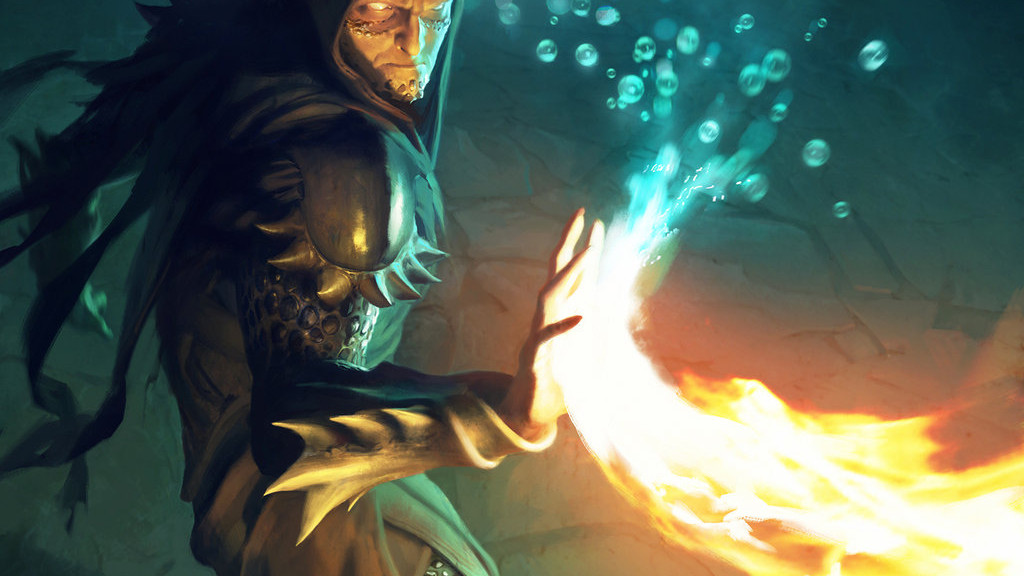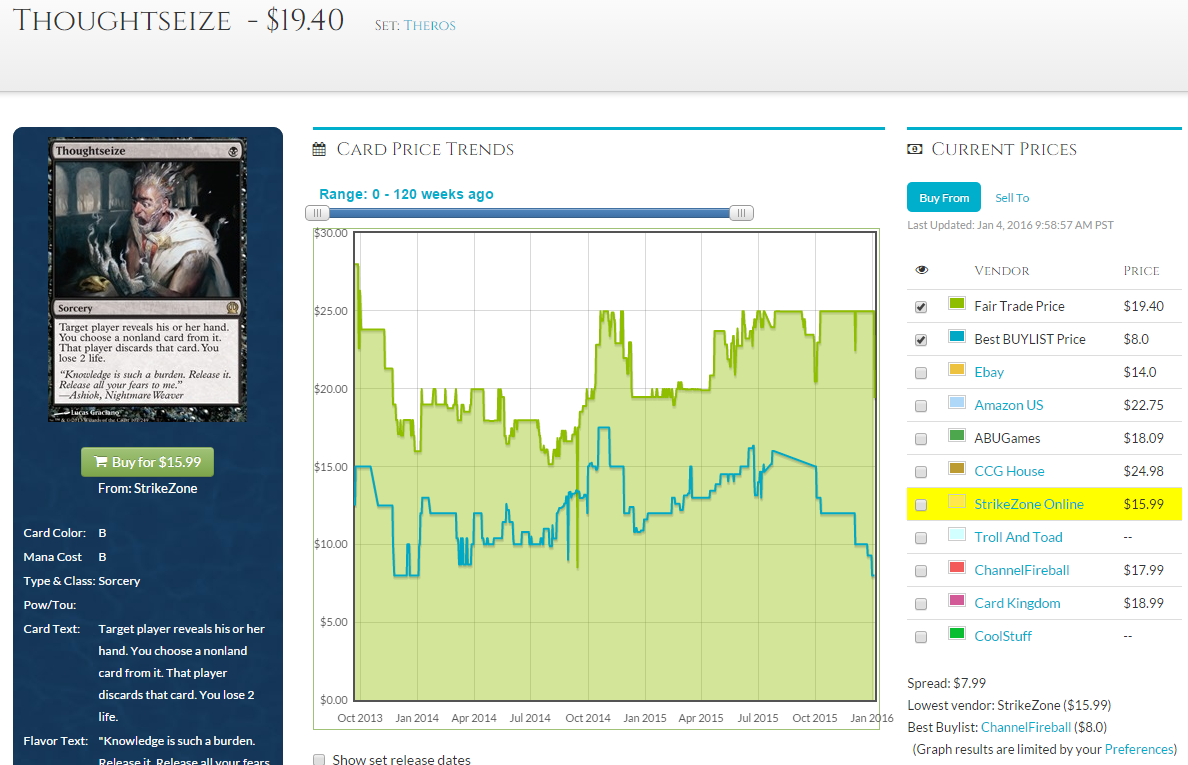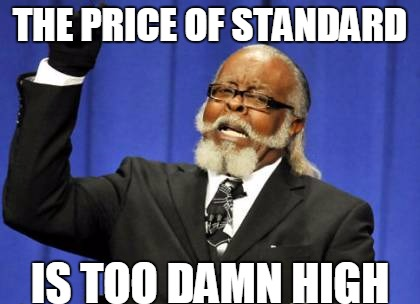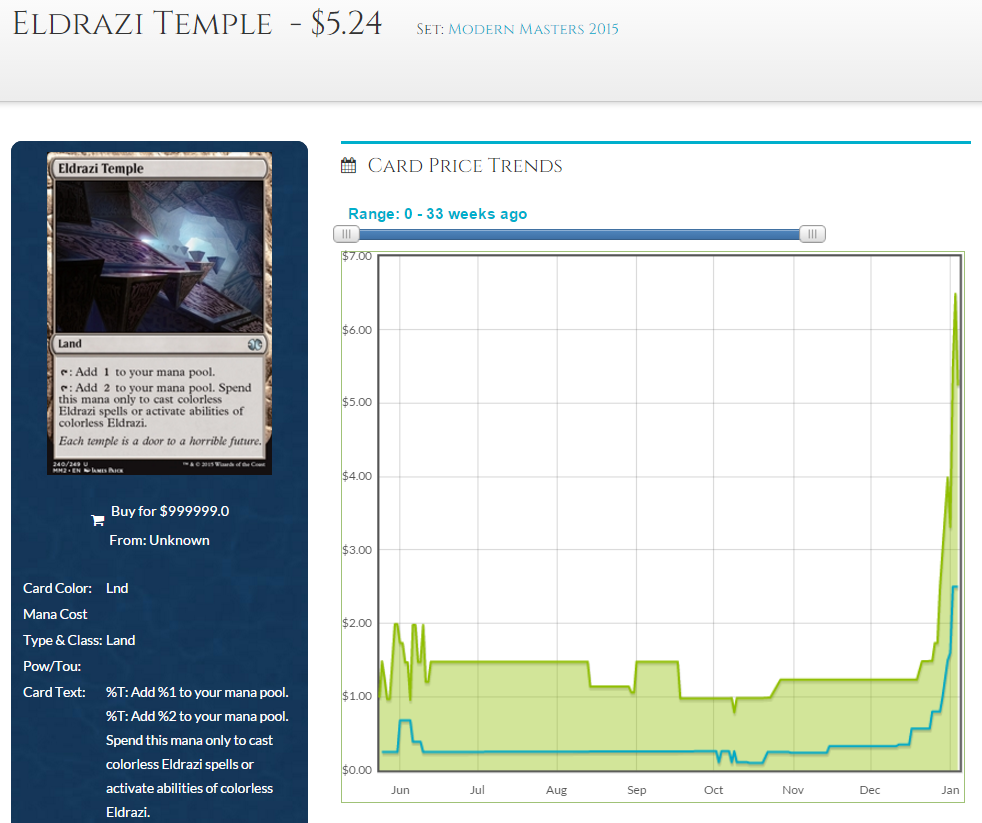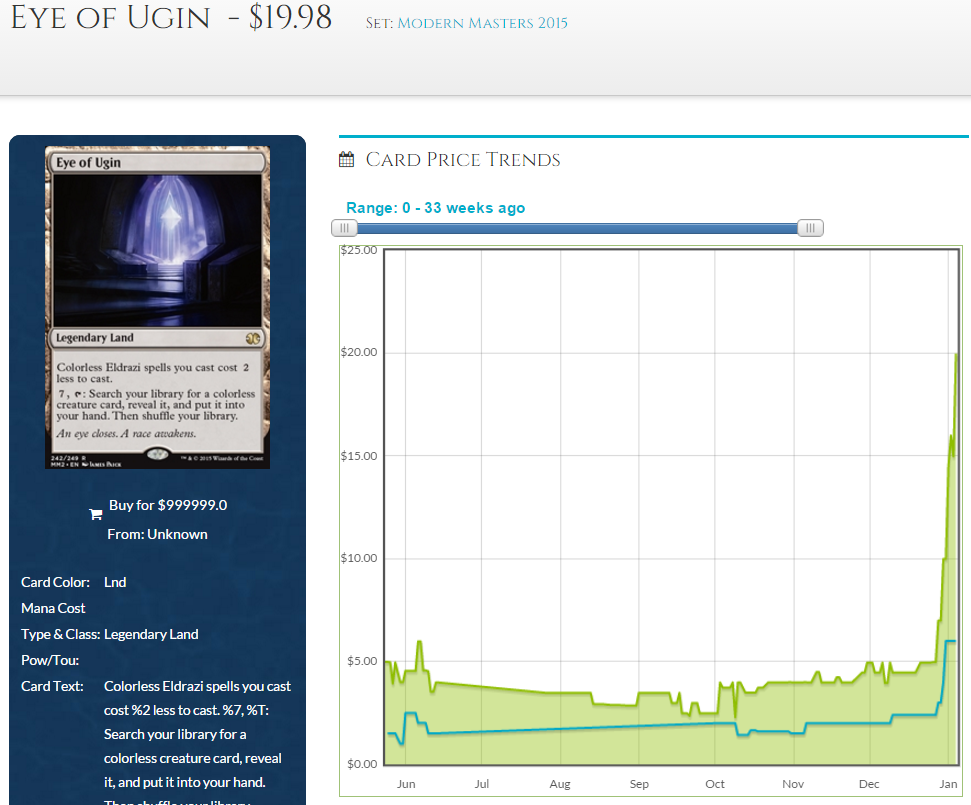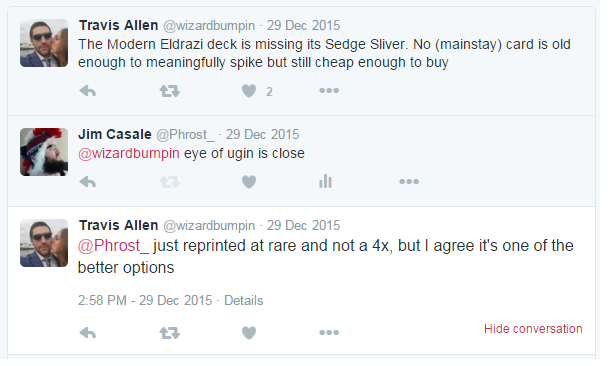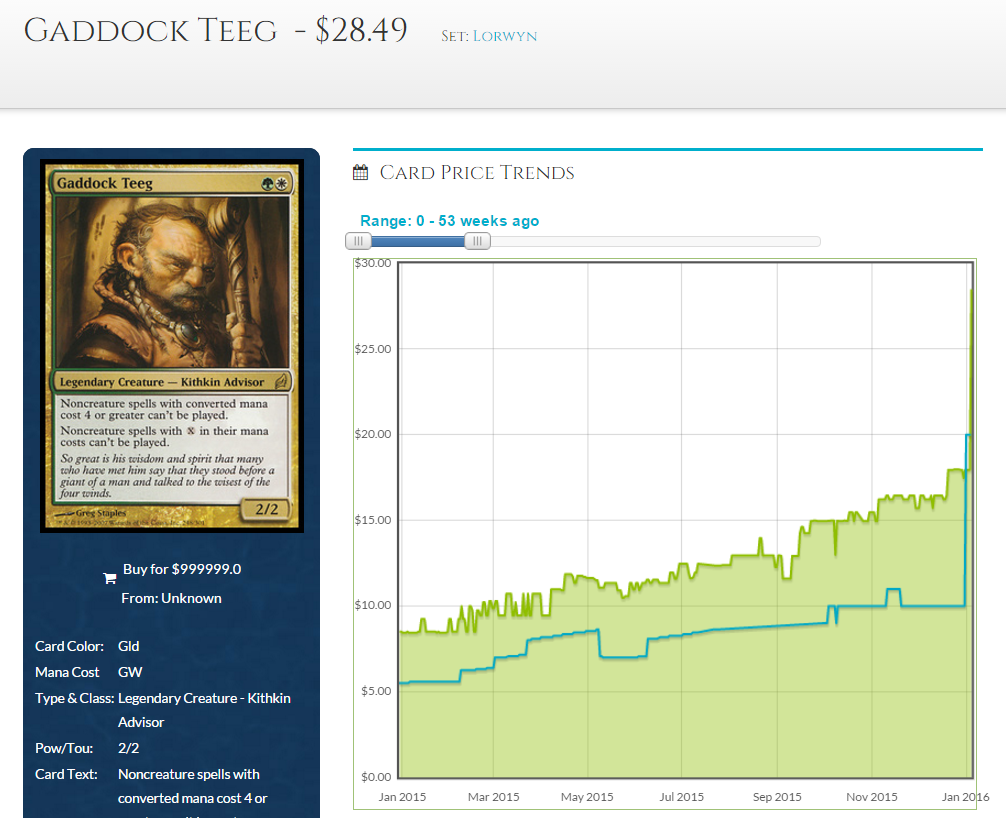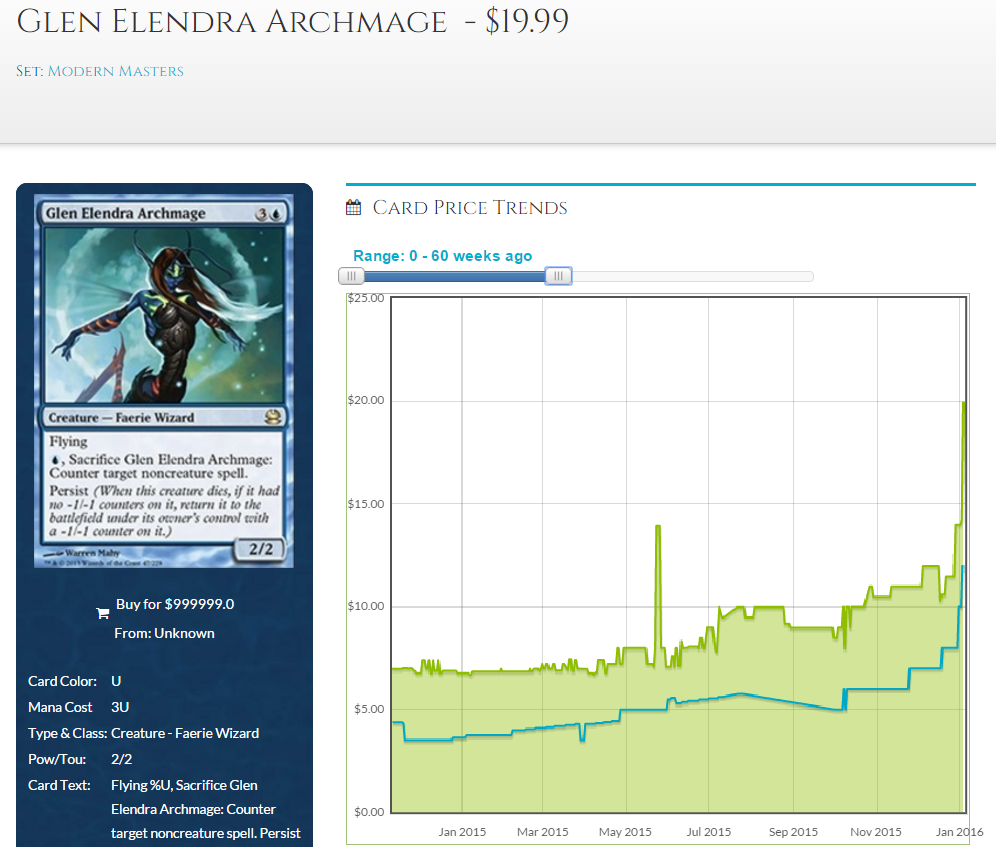So if you read my last article I “predicted” some cards to become more expensive. I felt strongly that a card that is played in almost 50% of decks in Modern (Spellskite) despite only using 1-2 copies was prime for some kind of price correction.
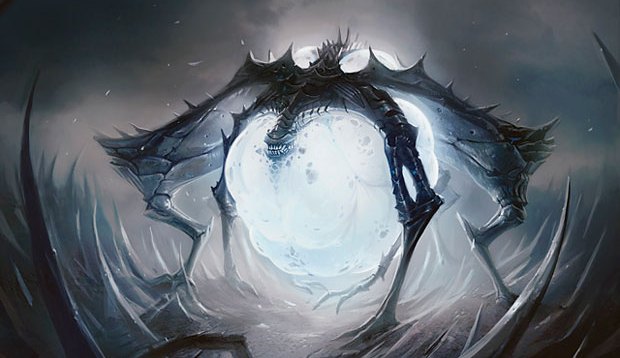
My article went up on Tuesday and it was business as usual. On Thursday of last week, I posted this.
Apparently this turned the time table into from “a few weeks” to “in a few hours.” It got me thinking. Maybe it’s partially my fault? Is the spread of information really what causes these types of price spikes?
What is an Information Cascade?
In the simplest terms, when someone sees someone else do something they assume it is a good idea, without rethinking any previously made assumptions. It’s the internet’s effect on card prices in a “monkey see monkey do” pattern. 11 years ago, Patrick Chapin wrote an article about information cascades during Ravnica: City of Guilds (here). I’m not going to try to explain it better than he did (he’s got a better command of the idea than I do) but I can say with some kind of certainty that this is part of the Magic price problem. If x tells y who tells z to buy a card and it goes up, who’s fault is it? Is it really anyone’s?
I don’t want to feel guilty for the reason that Spellskite got more expensive. The position I am in means that whenever I suggest buying a card it could turn into a self-fulfilling prophecy.
Misinformation Cascades
I’ve long considered Heartless Summoning to be a “trap.” It’s a card that gets hyped every year for like a few days and doesn’t win anything. Right now there are people buying $5 copies of Heartless Summoning hoping that it becomes good. Really what’s happening is that people are paying $5 for a lot of dimes in a month. This is the worst kind of price spike because people are buying “just in case it’s good.” I know a lot of people who look at Heartless Summoning and they’re thinking “Yeah man, that’s my jam!” and that’s fine if you’re that kind of person. Just don’t go “Oh man it’s spiking I better get my copies before it gets too expensive.” These thoughts just lose a lot of people a lot of money.
Toxic Information Cascades
I had a discussion on twitter with some pretty level headed people. There’s something I want to try to institute for the future of my articles and tweets. Don’t tweet that “x is low supply” for the sake of saying it’s low supply. Auriok Champion is a card that is low supply and has been for years. No I’m not exaggerating, it’s been far too expensive for years but it’s primarily only played in Soul Sisters (which is mostly a budget deck so people avoided buying them). Yeah there is some upside, it can’t die to lightning bolt and stops Deceiver Exarch / Splinter Twin combo. Josh Cho is on camera and it shows up and boom it’s gone from the internet. I lament with you on the fact that these kinds of spikes are shitty but how do we prevent it? Auriok Champion hasn’t been “on the table” for reprints. It’s not a card that people think of “you know what really needs a reprint?” It’s the sad truth but without literally reprinting the entirety of 8th, 9th, and Mirrodin block through Scars block we will continue to see these types of spikes. Cards get popular “out of no where” and there isn’t a good way to fix it. I will just say we stop speculating on cards with low supply because they have low supply. Spellskite was a case where it was reprinted recently and had low supply and was creeping up for weeks. You can’t avoid those situations but you can avoid Auriok Champion.
Rerprint Information Cascade
When was the last time you heard someone complain about the cost of Tarmogoyf or Snapcaster Mage? Snapcasters are $53 as of this writing on TCGplayer and €53 on Magic Card Market. That’s a 30% drop since his spike in July of last year. Why hasn’t he moved at all since then? People forgot. He’s not in the spotlight. Twin hasn’t won anything recently (yet) and they are expecting the promo to bring his price down. I’ve got bad news if you’re one of those people.
This is the last year of Liliana of the Veil’s pricing. It’s from the same set as Snapcaster Mage and it is twice as rare. Liliana was given out for a year as the RPTQ promo and didn’t dent her price tag. Snapcaster Mage promos will be a smaller percentage of the overall number of Snapcaster Mages so I’m predicting it to go back up if anything.
We’ve stagnated. Maybe we’re finally at an equilibrium? Tarmogoyfs are still too expensive for people who don’t own them but not expensive enough the people who own them want to sell them. Supply is plentiful but the decks that play them are not so much. I expect we might see the decline of the mighty Tarmogoyf as less and less people are in the position to purchase them. It might even get so low it’s not included in the assumed Modern Masters 2017. It’s still by far the most expensive card in Modern but nobody is complaining. I’m not sure how I feel about that level of apathy.
Oath of the Gatewatch
I’m gonna rapid fire my thoughts because I’ve already written a lot and will probably cover it more next week.
- Why is there no black Oath? Will Liliana get one on Innistrad? Kinda confused why black got screwed again on a cool cycle (ever notice there are no black miracles?)
- Colorless requirements are a bit more harder to achieve than people think. I don’t think 3 color decks are particularly well equipped to cast them yet.
- Kozilek’s Return is going to define Standard. Get ready to not be able to ride a single Monastery Mentor to victory.
- World Breaker is by far the best card to use to trigger Kozilek’s Return. I think his $4 price tag is suspiciously low. If you’re interested in getting a standard deck you can keep for a while, Eldrazi Ramp will be good for the forseeable future.
- There are a lot of “looks good on paper” rares in this set. Consequently not everything can work out so don’t rush out to buy playsets of everything. Sealed product is not miserable due to flatness of the prices.
- Ruin in their Wake is not Rampant Growth. Rampant Growth, like 1 mana Elves, are too caustic for Standard.
Until next time folks, hopefully we don’t have a run on another set of Modern cards.
